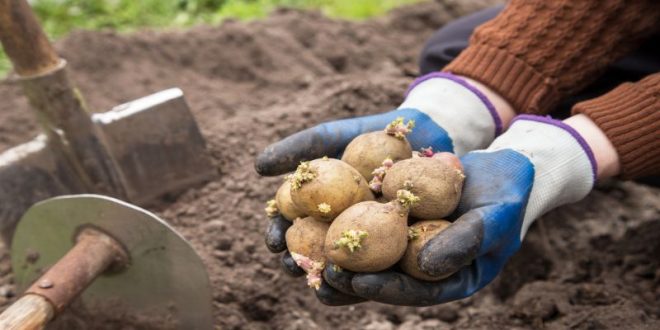As said by market players, preliminary figures suggest that the area wedded to potato production in Europe will rise marginally, if at all, for the upcoming 2022/23 period. Massive gains in various input costs, such as fuel, fertilizer, electricity, and labor, are expected to have influenced planting decisions for the 2022/23 potato season.
The North-Western European Potato Growers (NEPG) forecasted a 15-20% increase in production costs in January 2022 compared to January 2021. This is expected to have been surpassed recently due to an increase in energy and fertilizer costs as a result of the Russia-Ukraine war, which has raised major concerns among growers about the industry’s future.
“There is projected to be a movement from the production of starch and table potatoes to the production of processing potatoes, likely due to the high demand for processing potatoes. This will likely impact production estimates for the upcoming season, as supplies for processing could potentially be higher year-on-year (y-o-y), which could ease any growth in EU processing potato prices,” according to Mintec experts.
Weather is another major concern in the EU. Growers face the risk that the yield potential of a smaller planted area is more vulnerable to adverse growing conditions such as drought or frost. Planting conditions in the EU were drier than average in April, with limited soil moisture, raising concerns about drought. However, significant rainfall has fallen since then, allowing moisture reserves to increase in order to support the flowering of the new crop.
The Mintec Benchmark Prices (MBP) of processing potatoes from the Netherlands declined by 5.7% week-on-week (w-o-w) on 1st June to EUR250/metric ton in line with the favorable weather conditions. Whilst the price of processing potatoes from Belgium remained stable w-o-w at EUR230/MT on 1st June. Both prices remain higher y-o-y, up 108% and 256%, respectively, largely attributable to higher input costs and tighter 2021/22 supplies.

